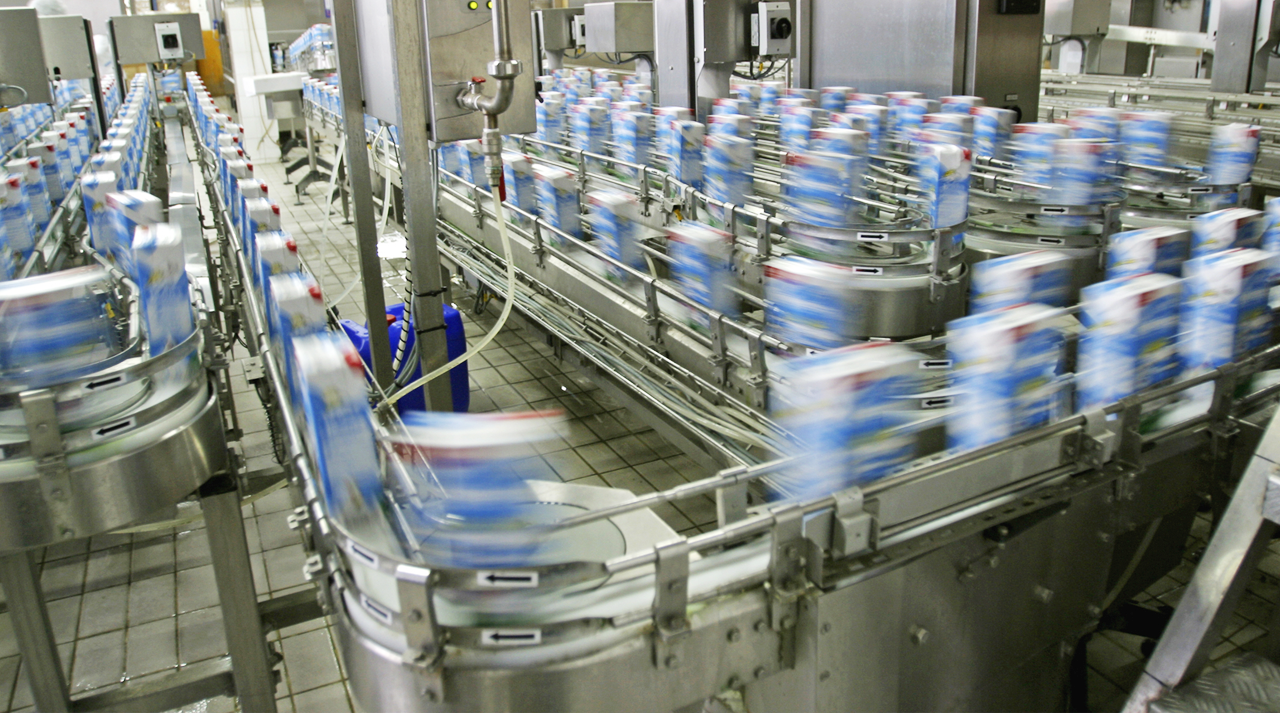The mantra ‘do more with less’ is to the noughties what ‘greed is good’ was to the eighties. Departments in every industry are constantly being asked to refine their processes in order to maximise output and reduce variability. And the manufacturing industry isn’t exempt from this trend. In order to be competitive in global markets, managers are constantly optimising their operations.
If implemented correctly and on the basis of solid strategy, business intelligence (BI) technology can deliver invaluable insights about the efficiency of a manufacturing plant and provide the data to drive real change. In this blog post we look at two key areas in which BI can deliver value for your organisation.
Get valuable insights into your operations
It’s no secret that manufacturing machinery produces a staggering amount of data from a large array of sources. Sensors, GPS, smart meters and even social media all produce data. This data can provide incredible insights into your products and processes that are impossible to glean with our mortal limitations. However, in order to unlock this data, manufacturers need to be savvy about the BI systems that they choose and how they implement them. As the McKinsey report, How big data can improve manufacturing, suggests:
‘The critical first step for manufacturers that want to use advanced analytics to improve yield is to consider how much data the company has at its disposal. Most companies collect vast troves of process data but typically use them only for tracking purposes, not as a basis for improving operations.
Some companies, particularly those with months- and sometimes years-long production cycles, have too little data to be statistically meaningful when put under an analyst’s lens. The challenge for senior leaders at these companies will be taking a long-term focus and investing in systems and practices to collect more data.’
However, when the data and the analytics align, these insights can make a significant impact on their bottom line.
For example when SPC installed a Manufacturing Execution System (MES) one of the outcomes they wanted to achieve from their BI project, was clear visibility of material flow of their products for mass balance and yield. Making these processes transparent, accessible and cross-functional helped them to realise a $500k ROI in the first year of operations.
Data can also unpack relationships within the process itself. For example, in coffee roasting, there are tens of thousands of variables within the process that come together to create a roasted bean. Things like flow-rate, temperature, load and time all combine to create the end-product. Analysing the data-sets in this process can help you narrow down and optimise this process, so that you have the most delicious product made in the most efficient way. BI technology allows you to see your operations holistically and because of this you can identify patterns that would be otherwise missed.
Have more control over your inventory
Another way that BI helps you to achieve more with your budget is by optimising your inventory levels. We all know how tricky stock management, especially in food manufacturing can be — too much and you’re stuck with rotting product, too little and you may incur penalty fees. So having a system that can assess (in real-time) your inventory levels is worth its weight in gold (or in savings.)
But what can these saving look-like? A major super-market was looking to expand its operations to upgrade to a AUD $150 Million central product processing facility so that they could supply their 2,500 national stores. They used the opportunity to develop a planning and scheduling framework to ensure that the process was streamlined, and that it could handle the demand.
Given that they were dealing with 12 tonnes of raw ingredients every hours, they were looking to ensure that raw product wastage was minimal and that they could get the product out quickly enough so that it could have the longest possible shelf-life. The cross-functional technology created amazing results including:
- Optimisation of supply chain increased shelf life for customers by an average of 1.5 days
- No storage requirements with product shipped directly to stores saving $50 per pallet
- Achievement of DIFOT goal of 98.5%
- Full product traceability from farm to consumer
The consistency and accuracy meant that the business could process those large amounts of highly perishable products confident that they could supply their chains without incurring huge amounts of loss.
Achieving more with less
These are just two small examples of how cross-functional technologies can significantly streamline your processes and improve your bottom line. If you would like to read about more ways to improve your processes, then you need to download our guide to driving operational efficiencies today.





